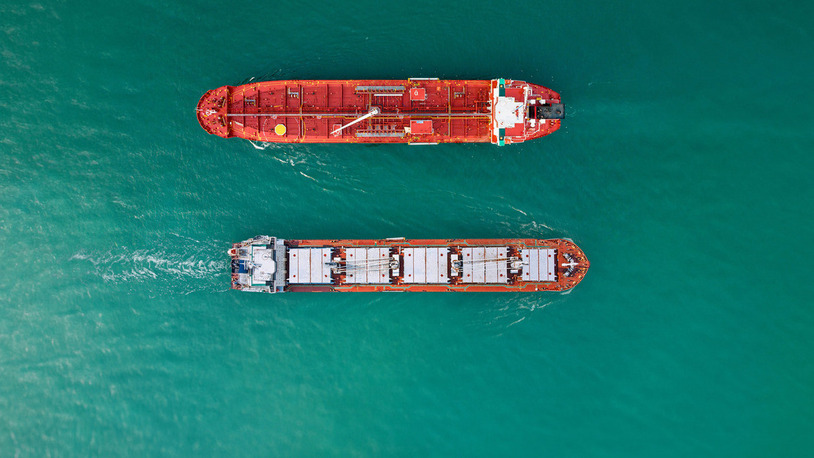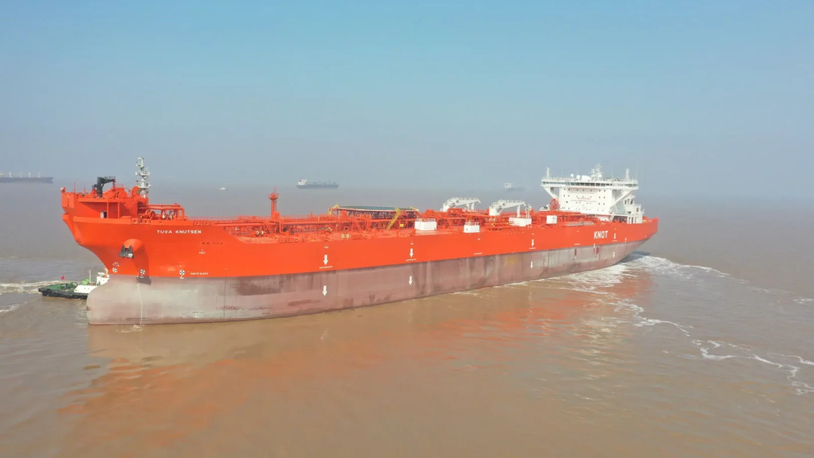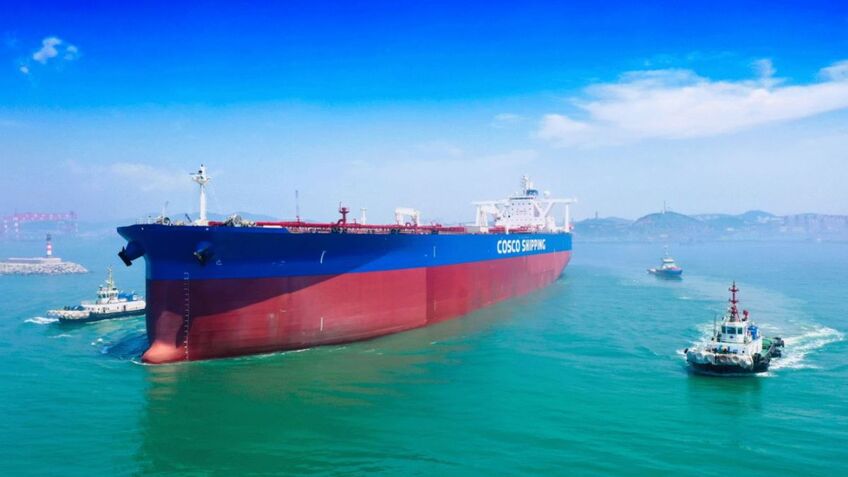Business Sectors
Contents
High seas bunkering is cost effective and safe 1
Accounting for over 50 per cent of many ships’ overall operating costs, bunker fuel and its procurement is a full time responsibility, and a key part of the overall profitability of an organisation, says Per Funch-Nielse (pictured). It is interesting that in the past year many tanker owners and operators have chosen to look at the actual physical method they use to purchase bunkers as a means of increasing efficiencies and managing price volatility.
This heralds a major shift. For many years, high seas bunkering has been a service traditionally associated with global fishing fleets, where trawlers, in an industry continually faced with dwindling resources and increased legislation, need all the time they can to maximise their catches. The trend is now starting to migrate to other sectors of the industry.
OW Icebunker, part of the OW Bunker Group, is deploying another vessel to the Pacific Ocean to meet the increase in demand and to support the barge, Otilia, which is already operating in the region. Central to providing a quality high seas bunkering service, the vessels are double-hulled, with fast pumping rates of 600m3/h, ensuring a quick supply of fuel, and can provide all grades of quality IFO products up to 380 cSt, as well as MGO DMA.
Underpinning this change in industry behaviour are two elements: the significant efficiency and cost savings that can be generated, as well as the real developments that have been made in high seas bunkering services over the past few years.
For a start, deviating from a route can save days in time that would otherwise be spent sailing to a port; and high seas bunkering is a fast and efficient way to refuel for vessels with time-sensitive cargo, virtually anywhere in the world. There is the added benefit that the additional costs associated with entering a port, including pilotage, port fees, agency costs and tug usage do not apply. Finally, high seas bunkering provides a guarantee on product availability, when and where the customers want it. There is no waiting in port for the right product to be made accessible.
An abiding concern, of course, is the physical and environmental safety of the actual delivery of products while at sea. The reality is that methods of delivery can vary depending on the condition of the seas. If calm, the bunker barge can deliver product side-by-side to a tanker, or in rough waters it can be supplied via a stern line; either way, safety should be guaranteed.
Clearly, the process of building confidence within the industry needs to continue. It is vital that suppliers guarantee the same care and due diligence while at sea as they do in port, not just in health, safety and environmental terms but also in relation to product quality, where highly skilled crews, as well as onboard blending and testing facilities, are essential.
There is no doubt that the recent increase in high seas bunkering services is fuelled by, and set in the context of, the global financial crisis. However, evidence suggests that while this may have been a catalyst for change, for many operators it is change that will be embraced on a permanent basis, particularly once they have experienced the efficiency and cost benefits.
Related to this Story
IMO’s net-zero plan poised to pressure ageing fleet with rising costs
Events
TUGTECHNOLOGY '25
Reefer container market outlook: Trade disruption, demand shifts & the role of technology
Asia Maritime & Offshore Webinar Week 2025
Marine Lubricants Webinar Week 2025
© 2024 Riviera Maritime Media Ltd.













